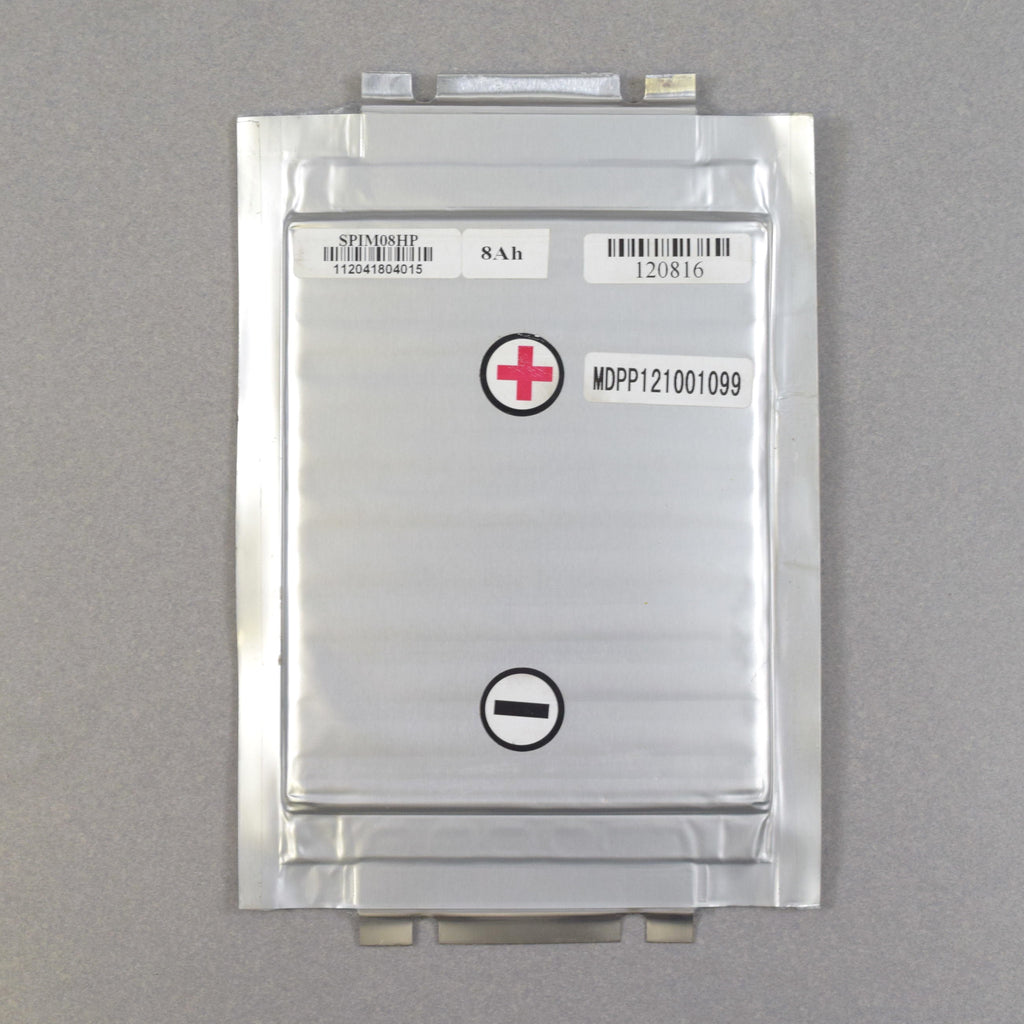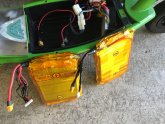So I found what seems to be some amazing prices for these LiPo battery packs- where the cost is less than $0.20/W-hr. Actually way less.
After finding them, it sounds like they are capable of 200A continuous, but being fearful of fire, I would want to limit that to 40A, so for the system I have that has 4400W peak output, I would need 11 packs of 14.8V. Which would be 44 battery packs.
Anyway. has anyone used these cells for a power wall or a generator?
And for a power limiting BMS that I would need a lot of- what would a good BMS be?
Doing this would let me expand my system to do a little more than I had originally planned, which is actually a good thing. Or maybe make a super light battery for a race car- which a poster did a few months ago with these....
Thoughts?
After finding them, it sounds like they are capable of 200A continuous, but being fearful of fire, I would want to limit that to 40A, so for the system I have that has 4400W peak output, I would need 11 packs of 14.8V. Which would be 44 battery packs.
Anyway. has anyone used these cells for a power wall or a generator?
And for a power limiting BMS that I would need a lot of- what would a good BMS be?
Doing this would let me expand my system to do a little more than I had originally planned, which is actually a good thing. Or maybe make a super light battery for a race car- which a poster did a few months ago with these....
Thoughts?





